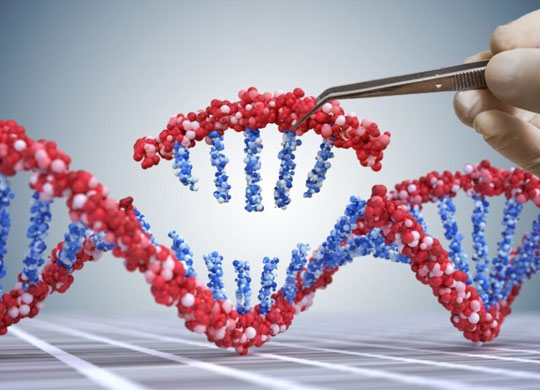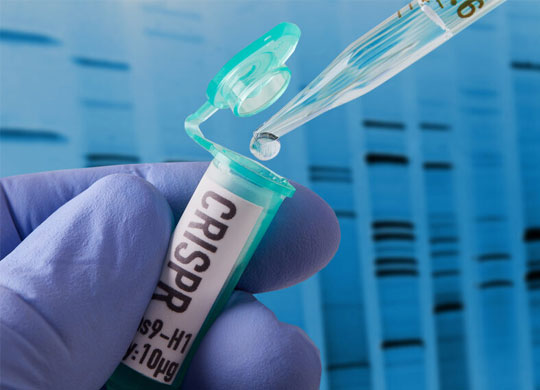There are currently four main gene editing techniques used by scientists:
Restriction Enzymes
DNA sequences are cut at a specific site using restriction enzymes. These enzymes only recognize certain patterns of nucleotide sequences which makes them somewhat limiting.
Zinc Finger Nucleases (ZFNs)
ZFNs provide a more precise gene editing technique than restriction enzymes. A zinc finger is fused on an engineered nuclease (Fokl) and recognizes a 3-base pair site on DNA. ZFNs can be combined to recognize larger sequences.
TALENs
Similar to ZFNs, TALENs cut DNA using the Fokl nuclease, however, the binding domains differ. Target capabilities are greater due to the use of transcription activator-like effectors (TALEs).
CRISPR/Cas9
Two components make up the CRISPR/cas9 gene editing tool: a guide RNA and a Cas9 nuclease. This technique offers greater customization to scientists.
Different gene editing technology may be chosen depending on the type of application and the goal of the edit. Gene editing may occur for any of the following purposes:
- Delete nucleotides (gene knockout).
- Add nucleotides (gene knock-in).
- Edit nucleotides to create a mutation










